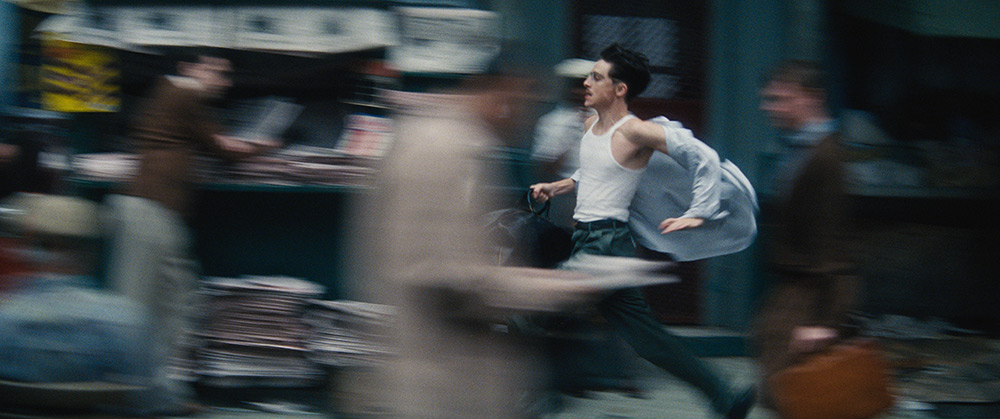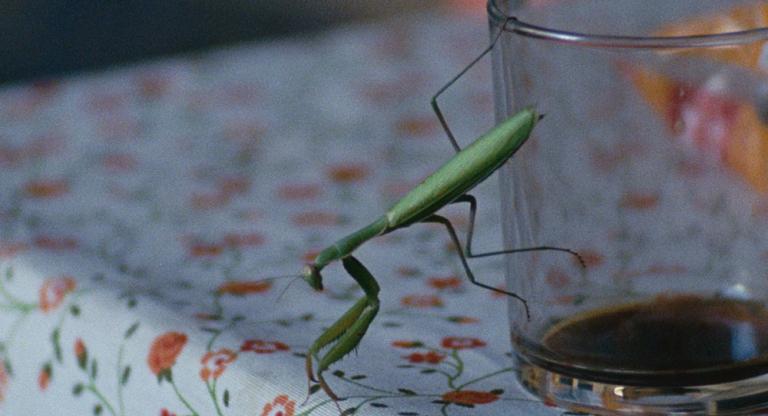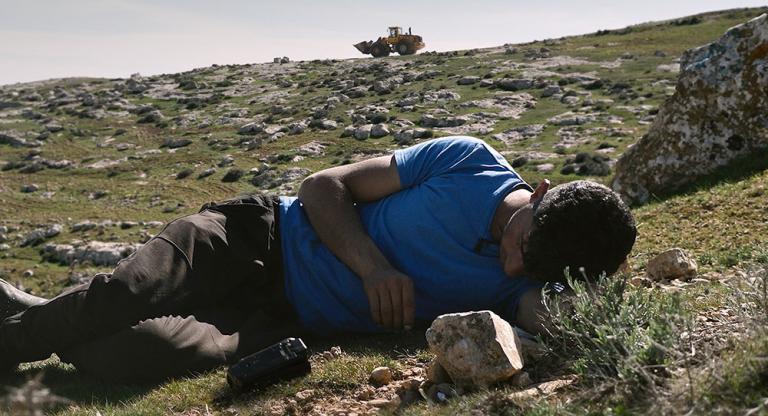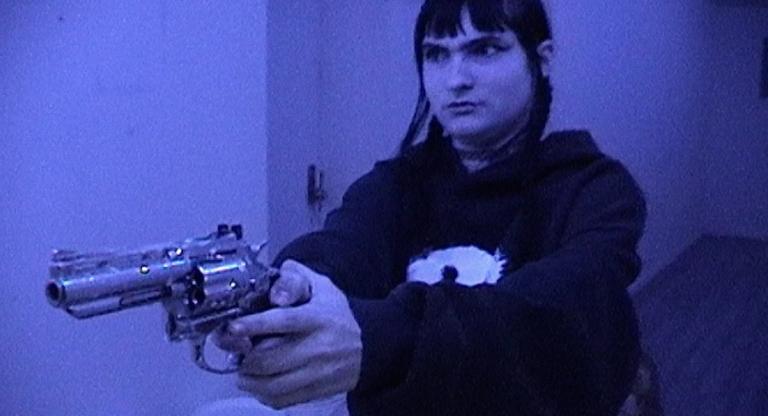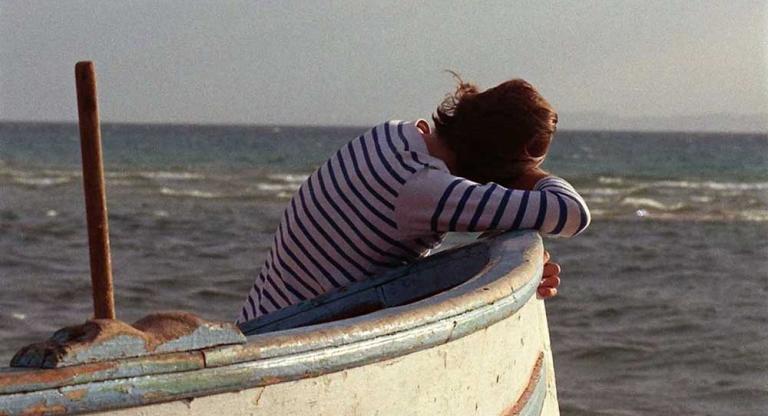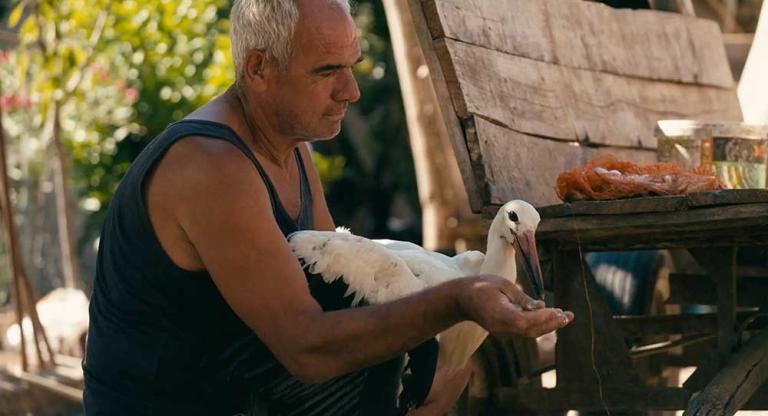Our dispatch of the 2025 New York Film Festival comes courtesy of Amy Taubin, Stephanie Monohan, and Nicolas Pedrero-Setzer, who touch on the surprises, the shocks, and the standouts of this year’s festival.
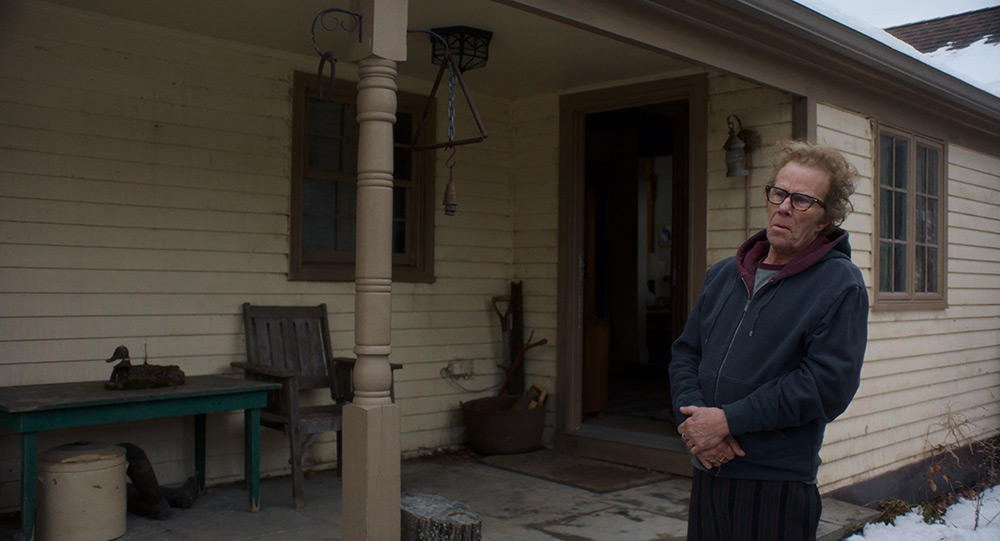
Main Slate by Amy Taubin
The surprise screening of the 2025 New York Film Festival, Josh Safdie’s volcanic Marty Supreme (pictured at top), is set in the early 1950s on the Lower East Side, then the Jewish semi-ghetto just blocks from the Little Italy setting of Martin Scorsese’s Mean Streets. Watching Marty Supreme in a sold-out Alice Tully Hall, I thought of the 1973 NYFF screening of Mean Streets and the way it rocked that same venue like nothing the festival audience had seen before. A kinetic, eye-popping New York City movie that was art, pulp, and ethnographically on the money—although to be factually correct, it had been shot almost entirely in Los Angeles and would be distributed by a major Hollywood studio—Mean Streets was as revelatory as any of the European films that defined the festival in its first decade. I also thought of Ken Jacobs, a giant of American avant-garde film who died at age 92 the night before Marty Supreme’s debut. He shot his first film, Orchard Street (1955), in the very period and place that is recreated in Safdie’s movie. The highest praise I can give Marty Supreme is that Jacobs would have much appreciated its furious energy, Timothée Chalamet’s selflessly creepy and wildly physical performance, and indeed every aspect of the filmmaking, although he might have shaken his head at the reported $70 million production cost.
Now in its 63rd edition, NYFF began as the U.S. port-of-entry for contemporary European art cinema, with a smattering of films from India, Japan, Latin America and the U.S. Inspired by these imports, young American filmmakers realized there were ways to make movies outside the studio system. Sixty-plus years later, American films more than held their place among an international array of auteur-based works. And one of them riffed on that history with wit, affection, extraordinary craft, and a total absence of sentimentality. Richard Linklater’s Nouvelle Vague is a recreation of a behind-the-scenes-documentary that was never made. It follows Jean-Luc Godard during the pre-production and shooting of Breathless (1960). A mind-boggling time-machine, it calls up the viewer’s memories of a film that seemed a radical break with cinema history only to be fully absorbed in the six decades that followed and allows us to see Godard’s extraordinary achievement anew. Among the most prolific American filmmakers, Linklater had a double bill at the festival. His Blue Moon depicts the 1943 break-up of the musical theater team of Richard Rodgers and Lorenz Hart, and Rodgers’s replacement of his bittersweet, sophisticated lyricist with the rah-rah Americana of Oscar Hammerstein. Staged on a single set—the bar at Sardi’s—it is built around a tour de force performance by Ethan Hawke as the drunken, broken, desperately closeted Hart as he prepares to face the celebratory after-party for the opening night of Oklahoma.
Another perfectly cut gem, Jim Jarmusch’s Father, Mother, Sister, Brother is a triptych depicting omnipresent deflections of communication between parents and their adult children. The three sections—each shot in a different country with different actors—are tied together by repeated visual and aural motifs. A minimalist comedy of errors, without dramatic character arcs or revelations, it nevertheless leaves one with considerations of what one has left unspoken and undone. And then there is the matter of the recurring Rolex watches, and the joke about whether they are fake or genuine. In January 2025, Rolex was announced as Film at Lincoln Center’s presenting partner for the New York Film Festival. Perhaps it’s mere coincidence, otherwise Jarmusch constructed the most incisive product placement I’ve ever seen.
The above four films worked for me as a necessary refuge from the horror we wake to every day. Not so, Kathryn Bigelow’s A House of Dynamite, which depicts, from three different points of view, the 19 minutes between which a nuclear missile, launched by parties unknown, is detected on course to strike a mid-western city and the moment just before it strikes. These repeated 19-minute real-time segments are extraordinary in evoking the sense of helplessness many people feel when they get up in the morning every day and look at the news about what the U.S. government has done and is planning to do at home and abroad. That the cliched human interest character-building surrounding them is almost risible, does not destroy the power of the film, which is already in theaters, where it should be seen. Also available soon, Laura Poitras and Mark Obenhaus’s Cover-Up, a conversation with the great investigative journalist Seymour Hersh, who broke the story of the 1968 My Lai massacre and found the photographs that proved the horror of Abu Ghraib prison torture during the Iraq war. A few days after I saw a preview of the film in which Hersh describes his reporting method of just hanging out in the Pentagon and engaging people in casual conversation, the oily-haired excuse for a secretary of defense decreed that Pentagon reporters would no longer be allowed to talk directly with anyone who works there. One of the festivals greatest films, Kahlil Joseph’s BLKNWS: Terms and Conditions, is a layered and loaded Black history collage in the shape of a television news magazine program with contributions by many Black media makers, historians and critics, and bows to New Wave filmmakers Godard and Agnès Varda.
Of the foreign films I saw, Jafar Panahi’s It Was Just an Accident (in theaters this week) was the most powerful, and Radu Jude’s Kontinental’ 25 and Kleber Mendonça Filho’s The Secret Agent came close. All three filmmakers are masters of dramatic irony, and their films are set in countries during authoritarian regimes. Perhaps the parallels with where the U.S. is headed gave them an extra punch. Panahi is travelling out of Iran for the first time since 2001. He did a 90-minute conversation with Scorsese that was the most memorable event of the festival. Art and politics in defiant and carefully considered practice.
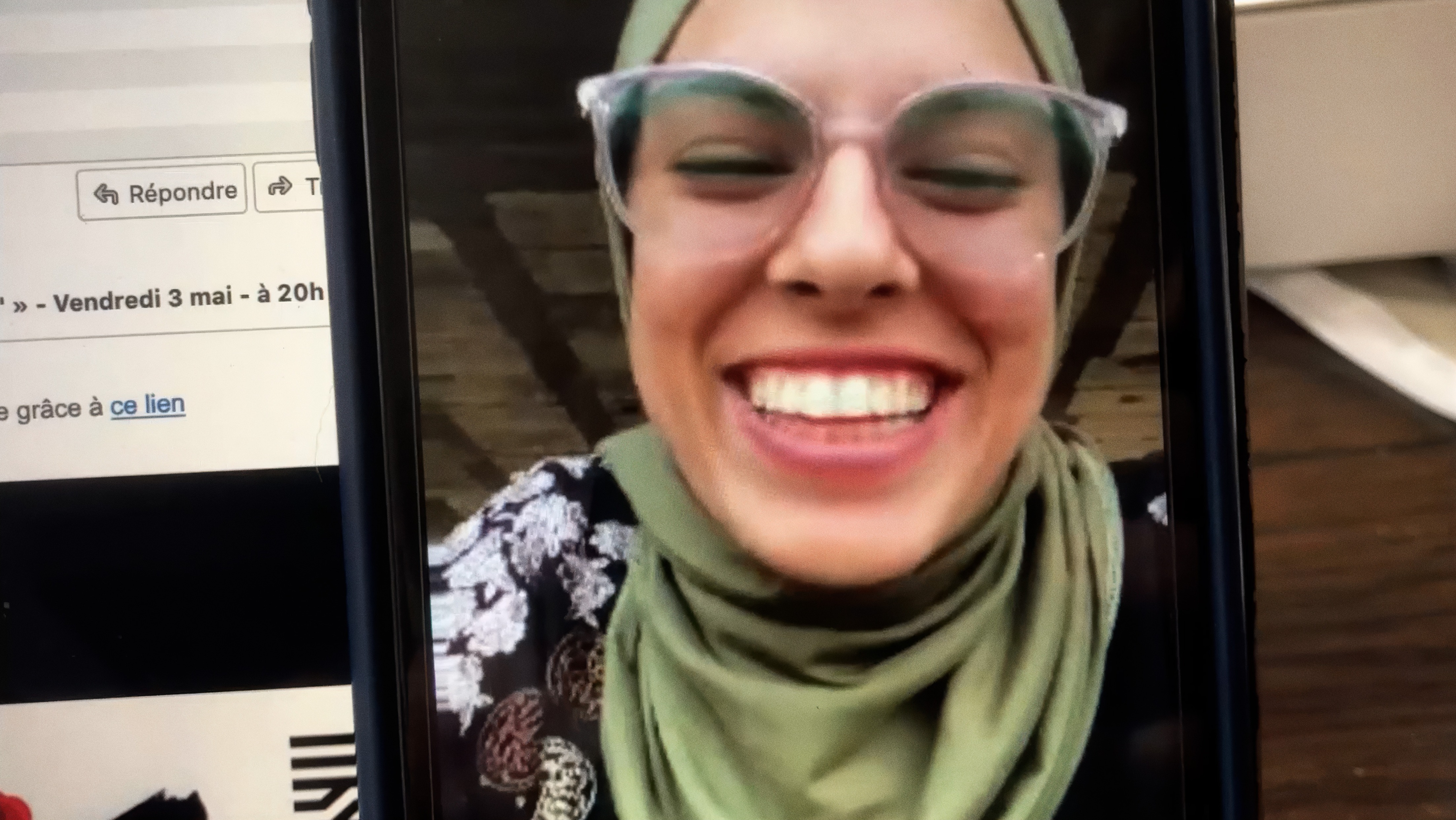
Spotlight by Stephanie Monohan
Many of the films in this year’s Spotlight slate centered around the careers of artists and entertainers, from good yet straightforward documentaries (Rebecca Miller’s five-part Mr. Scorsese and Ben Stiller’s Stiller & Meara: Nothing is Lost) to the equally conventional, highly-anticipated music biopic Springsteen: Deliver Me from Nowhere. The entries covered below are some standouts that either use fictional reenactments of cultural turning points to explore our fascination with artistic legacy, or use commonplace modern technology to attempt to bring compelling documentary subjects into focus.
Richard Linklater returned to NYFF this year with not one, but two portraits of artists wrestling with the meaning of their work, one at the beginning of his career and one nearing the end. Cinephiles may be more curious about Nouvelle Vague, a nostalgic love letter to Jean-Luc Godard and the French New Wave. Guillaurme Marbeck (in his feature acting debut) plays a young Godard as he embarks on filming Breathless in 1959, bringing with him a self-proclaimed commitment to artistic and emotional integrity as he becomes involved in an anarchic process that vexes his producer, Georges de Beauregard (Bruno Dreyfürst), and American star Jean Seberg (Zoey Deutch). Shooting handheld and on black-and-white film, Linklater aims to capture the vibrant, youthful energy of a group of artists who know they are making something significant and new. Since the legacy of Breathless, Godard, and the coterie of French New Wave directors/critics is already cemented, Linklater doesn’t attempt to create any real tension around whether or not these crazy kids are going to pull this off. Instead, fan service abounds as the entire group of French New Wave directors and critics (all of your faves are here!) flits in and out of this fun hangout movie. I couldn’t help but be charmed by it.
The nostalgic joy of Nouvelle Vague is mirrored and refracted by the melancholy of Blue Moon, Linkalater’s portrait of American songwriter Lorenz Hart (Ethan Hawke). The film follows the troubled Hart on the night that he realizes his collaborators and the musical culture they defined are about to leave him behind. Andrew Scott plays Hart’s former composing partner Richard Rodgers, who in search of a more stable, less troubled collaborator, turns to Oscar Hammerstein II (Simon Delaney) for his new musical Oklahoma!. On the play’s opening night, Hart leaves before curtain call, unwilling to see the audience’s rapturous response, and slinks out to Sardi’s before the afterparty starts, drunkenly opining to anyone who will listen about the state of art and his skepticism of an emerging trend of more audience-pleasing, unchallenging musicals, of which he identifies Oklahoma! as the ultimate paragon. Hawke delicately crafts a wistful portrayal of a man who clearly still has the intelligence and charm that once made him hold court at a place like Sardi’s years ago, but whose alcoholism and self-pity is turning him into a ghost before our eyes. As the after-party begins to fill the room, Hart forcibly smiles through the rest of the evening, keenly aware that everyone around him knows he is past his prime and clinging to the past.
Two particularly haunting documentaries have barely left my mind since the festival, but for vastly different reasons. The first is Sepideh Farsi’s Put Your Soul On Your Hand and Walk, a heartbreaking portrait of Israel’s genocide in Gaza told through the eyes of Fatma Hassona, a young photojournalist who documented daily life while under siege, until she and her family were murdered in April, 2025, in a targeted attack by the IDF. The film is composed of video chat conversations between Farsi and Hassouna over the course of a year, in which Hassouna is often sheltering in place in whatever friend or family’s residence is relatively safest on that given day. Because of this, it’s Hassouna’s own photographs interspersed throughout the scenes that give a sense of how the physical destruction outside is progressing. A profoundly hopeful person, Hassouna displays smiles and optimism in her talks with Farsi, even as the situation becomes increasingly dire. It’s devastating to see her spirit strained as the film goes on, her grief over lost friends and lack of nutrition taking an obvious toll as she struggles to maintain hope.
Exiled from her home country of Iran, Farsi has been able to build a flourishing artistic life that has taken her all over the world. There’s a palpable ache when she talks with Hassouna, who dreams of visiting all the places Farsi has been to, but who simultaneously can’t imagine leaving Gaza, anticipating the guilt she would feel. Toward the end of the film, when Farsi informs Hassouna that their documentary has been selected for the Cannes Film Festival, the two discuss the possibility of Hassouna attending the premiere. It’s a brief hopeful moment shared by the two women that’s clouded in dread for the viewer, as we know, from the beginning, that the IDF killed Hassouna just a day after the film’s Cannes selection was announced.
A similar dread is baked into Geeta Gandbhir’s The Perfect Neighbor, which follows the events leading up to and following the murder of Ajike Owens, a Black woman living with her children in a close-knit neighborhood in Ocala, Florida, by her white neighbor, Susan Lorincz. Gandbhir tells the story of this tragedy almost exclusively using footage obtained from police bodycams and security cameras, impressively editing it to show how the conflict between the two women escalated to this point. For a couple years prior, Lorincz regularly called the police on the neighborhood children playing in the grass near her home. Most of the bodycam footage in the film thus captured only the aftermath of each of these incidents, in which Lorincz provides a very different account from her neighbors (who are mostly of color). So when Lorincz resorts to Florida’s notorious “Stand Your Ground” law to defend her shooting of Owens, it's bodycam interviews with her neighbors that undercut her testimony for the viewer.
While watching, I was reminded of Bill Morrison’s 2023 short film Incident, another film whose content is primarily surveillance and police bodycam footage edited together. Gandbhir, like Morrison, is interested in how such footage can expose the constructedness of narratives and bring us closer to some kind of truth. But while The Perfect Neighbor is compelling, it doesn’t do much to question the assumed neutrality of footage supplied by police bodycam, or the ethics involved in using it. For instance, the film depicts the moment in which Owens’s children are informed of her death, as the entire block is waiting desperately for some good news amidst the evening’s chaos. While the filmmaker has a personal connection to the Owens family (who ultimately consented to the bodycam footage being used) witnessing children as they process the worst moment of their lives in real time, likely not realizing they are being filmed by the bodycam, feels invasive and borderline exploitative. Additionally, knowing that The Perfect Neighbor is being distributed by Netflix, and will ultimately land among a plethora of other “true crime” documentaries left an even worse taste in my mouth.
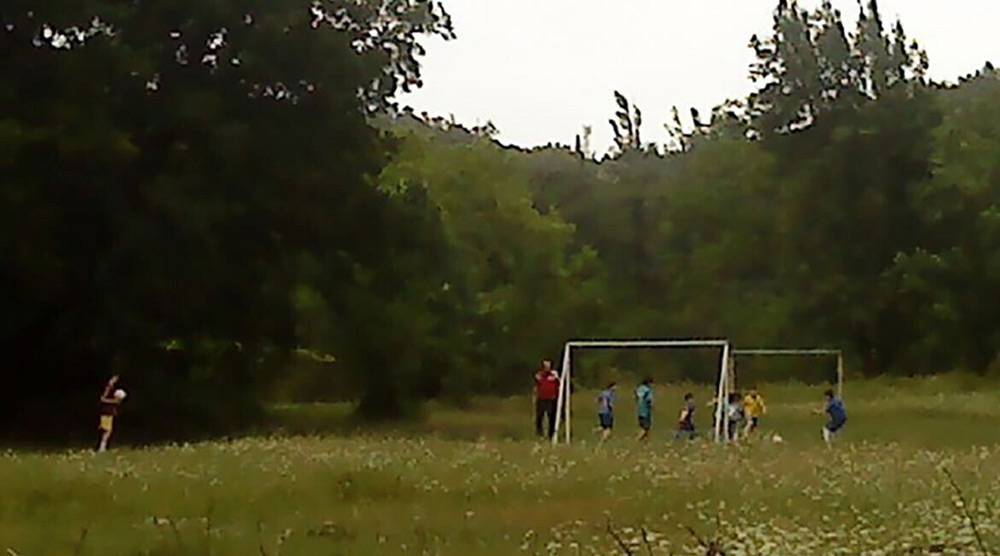
Currents by Nicolas Pedrero-Setzer
The edition of Currents at NYFF this year—the festival’s complimentary “showcase of adventurous new voices and inventive artists who are reshaping the language of cinema”—consisted of many neat films. Neat in that they were immensely pleasurable to watch. Neat in that they were well made (i.e. technically competent). Neat in that they felt somewhat expected. Perhaps their mellow feel can be attributed to the showcase’s features sponsor, The Travel Agency: A Cannabis Store.
It’s not that I expected to be provoked at the movies, but when it comes to the “reshaping [of] the language of cinema,” I do hope to be challenged. And, barring a few shorts and Radu Jude’s Dracula, I was not challenged at Currents. Instead, I felt cozy. Borderline sleepy. I’d argue that Milagros Mumenthaler's The Currents, which was part of this year’s Main Slate, proved more challenging than most films in Currents, proving that there still exist filmmakers capable of executing a traditional drama that is equally sophisticated and surprising in character.
On the morning of Friday, September 26, while most of the NYFF accredited press attended a packed screening of Luca Guadagnino’s After the Hunt—recently dubbed “the first great film about cancel culture” by Air Mail—I sat through a triple-feature that felt as though it were designed for those critics who were allergic to Guadagnino’s particular style of histrionics. Back to back to back, I watched Sharon Lockhart’s Windward, James Benning’s Little Boy, and Lee Anne Schmitt’s Evidence. The viewing experience made for a pleasant morning, but reinforced just how staid things have felt in American experimental cinema for me, at least based on festival offerings.
Both Windward and Little Boy are structured as a series of static long takes; in the former, Lockhart treats us to tableaux of people and wind on Fogo Island, Newfoundland; in the latter, Benning takes us across American history through a series of pop songs and political speeches. Lockhart’s immaculate framing, combined with the unpredictable movements of the people seen onscreen, makes for a thrilling watch, as tension manifests itself between her controlled frame and its volatile characters—waving grass, rambling children, and choppy waves. If ever there was a highlight at this year’s film festival, it’d have to be Lockhart’s footage of a kite dancing in the wind, testing the limits of her frame and making an event of something so purportedly unremarkable as the wind and a child’s toy. Lockhart’s film, in spite of its rigid structure, still feels alive thanks to its footage.
On the other hand, Benning’s latest feels way too sedate. Its most shocking moment arrives near the end, when he lets Tracy Chapman’s “Fast Car” play almost in full over footage of a toy model getting painted. Benning also shows other toy models getting painted, but because he pairs them with better songs it becomes difficult to recall the models, the songs, or their message—if there ever was one. I find this arcane self-centeredness typical of most experimental filmmakers from Benning’s generation in their later years, but at least, as it relates to Benning’s thesis—where has this country been and where is it going?—the film makes evident that the United States is at a solipsistic apex in which the notion of community has been replaced by individuals with particular hobbies, playlists, conspiracies, politics, and agendas.
Lee Anne Schmitt’s Evidence tries to unpack the state of our nation in more explicit terms, tracing the evils of the Olin Corporation from the ‘70s to the early ‘00s. Schmitt resorts to essayism, piecing together a film that touches on her personal connection to the Olin Corporation before spinning in a million different directions. Her research is commendable, but her film’s images are unmemorable. It’s not because they’re ill-composed or ghastly, but because they are too pretty, and thus too distant from the atrocities described in the film’s voiceover. The pristine 16mm cinematography makes Evidence a delight to watch, but the fact is that no film about the rise of the right in the United States should ever leave you in a good mood.
As far as images and image-making goes, two films stood above all the rest in Currents. The first of these is Alexandre Koberidze’s Dry Leaf, which sees the Georgian director continue to exploit the limitations of his beloved Sony Ericsson to make films that look unlike anything out there today. Add to that a winding plot set across his nation’s countryside and you’ve got yourself one of this year’s great narrative films, a 186-minute odyssey attuned to the most minute and memorable things—falling leaves, warping shadows, and wavering lights. It is an anti-cinematic film, in that its plot is literary and its visuals poetic. But these are also its merits—what makes it such a joy to watch and such a remarkable achievement.
The other visually astounding film in Currents this year was Dracula. It is a grotesque marvel, a hodgepodge of poorly lit iPhone cinematography and AI imagery. More or less designed as a loose series of skits, Jude’s latest concerns a Transylvanian director who uses an app called Dr. AI JUDEX 0.0 to adapt his region’s most famous myth into a film intended for a large audience. Mining every possible interpretation of Dracula’s legend, Jude comes away with a 170-minute string of jokes—each and every one of them, a sad reflection of the exact point in time we are living through. As he switches back-and-forth between the garish quality of his iPhone camera and puzzling, AI-prompted images of vampires having sex, his film becomes both more difficult to watch and harder to keep your eyes away from. Above all, it recalls the wicked and offensive scratched-up wonders of yesteryear's avant-garde filmmakers, most notably the gutsy Lettrists. Dracula is an ugly film, and for that reason, one of this year’s most refreshing new offerings.
